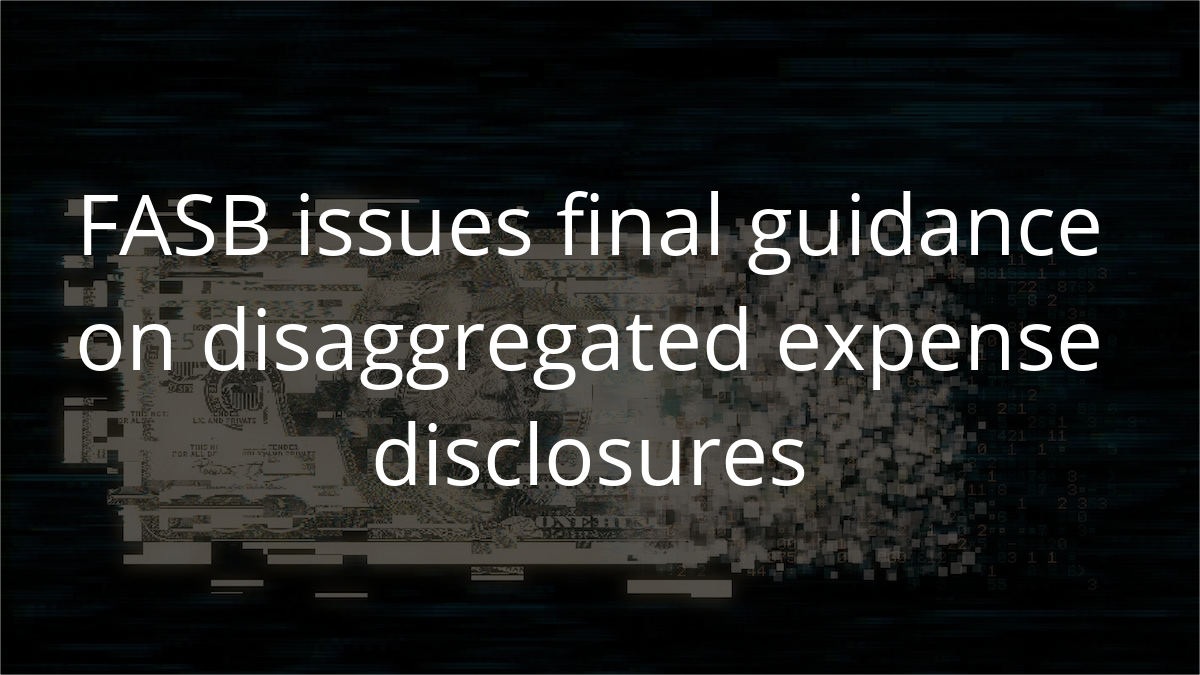ARTICLE | November 1, 2024
Cybersecurity for nonprofits is an essential concern that should not be overlooked or considered solely an IT issue. With increasing digital interactions and online transactions, the cybersecurity risk for nonprofits has significantly amplified, making it a business issue that requires strategic planning and robust measures.
Understanding Cybersecurity for Nonprofits
Nonprofit organizations, like any other businesses, are susceptible to many cyber threats, including ransomware, malware, and password attacks, often initiated through social engineering tactics. Hackers scour the internet for systems with known vulnerabilities, using phishing emails or deceptive communications to infiltrate an organization’s defenses. Once inside, they may exploit sensitive data, execute unauthorized transactions, or even lock up your systems for ransom.
The Role of IT in Cybersecurity
While IT plays a crucial role in managing an organization’s technical aspects, cybersecurity for nonprofits goes beyond the scope of IT. Nonprofits handle sensitive information, including personally identifiable information (PII), donor details, and financial data, making them attractive targets for cybercriminals. The IT team may not fully understand the business’s holistic cybersecurity needs. Thus, nonprofit leaders must work closely with IT and cybersecurity experts to ensure comprehensive protection.
Implementing Robust Cybersecurity Measures
A robust cybersecurity strategy involves multiple layers of protection spread across all the organization’s computers, networks, and data. For example, ensuring individual user accounts for all staff, implementing secure passwords, and educating staff about phishing and malware are simple yet effective measures.
Secure networks also play a crucial role in cybersecurity for nonprofits. Wireless passwords should be secure, not shared, and guest networks should be separate from the main network. Furthermore, implementing multi-factor authentication can add an additional layer of security, ensuring only authorized users access sensitive information.
Strategic Planning and Budgeting for Cybersecurity
Strategic planning and budgeting for cybersecurity should be a top-down approach involving all organizational leaders. Leaders need to understand the cybersecurity risks and needs across the business, facilitating informed decision-making about cybersecurity investments.
In addition, it’s recommended for nonprofits to invest in cybersecurity insurance, ensuring coverage for potential breaches and cyberattacks. A clear understanding of the policy, including what’s covered and what’s required from the insured, is crucial.
In summary, cybersecurity for nonprofits requires a proactive and strategic approach involving the entire organization. Understanding the threats, implementing robust measures, and investing in the right resources are key steps toward safeguarding your nonprofit against cyber threats. It’s not about whether your nonprofit will be targeted, but rather when it will be targeted. Therefore, being prepared is no longer optional; it’s a necessity.
Let’s Talk
Fill out the form below and we’ll get back to you to discuss your specific situation.




